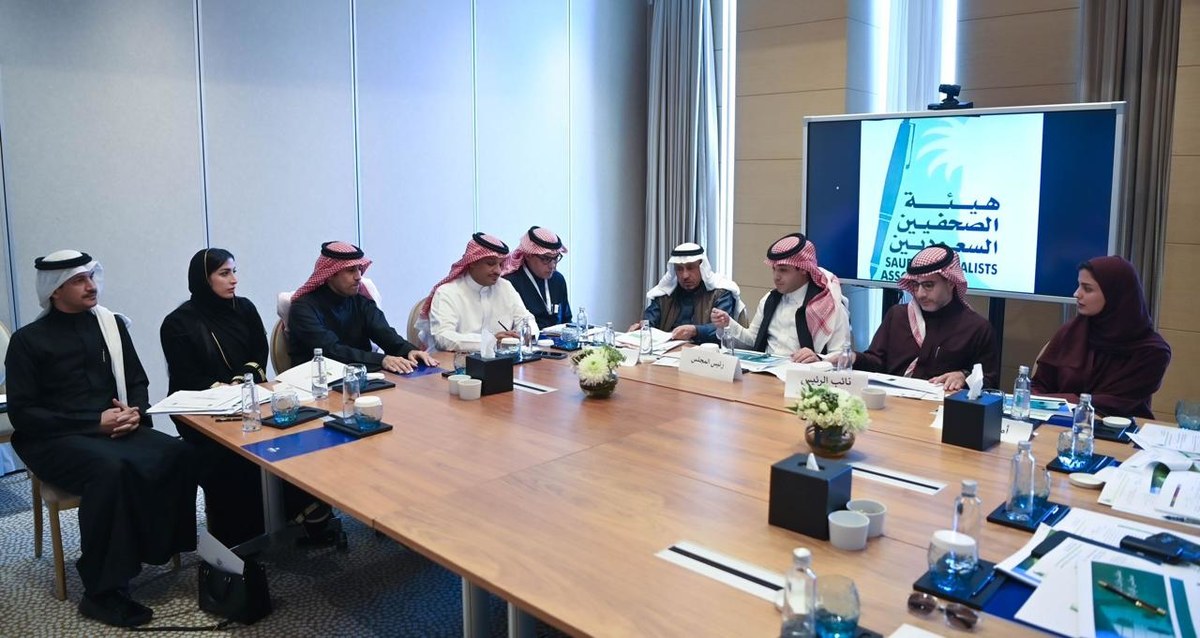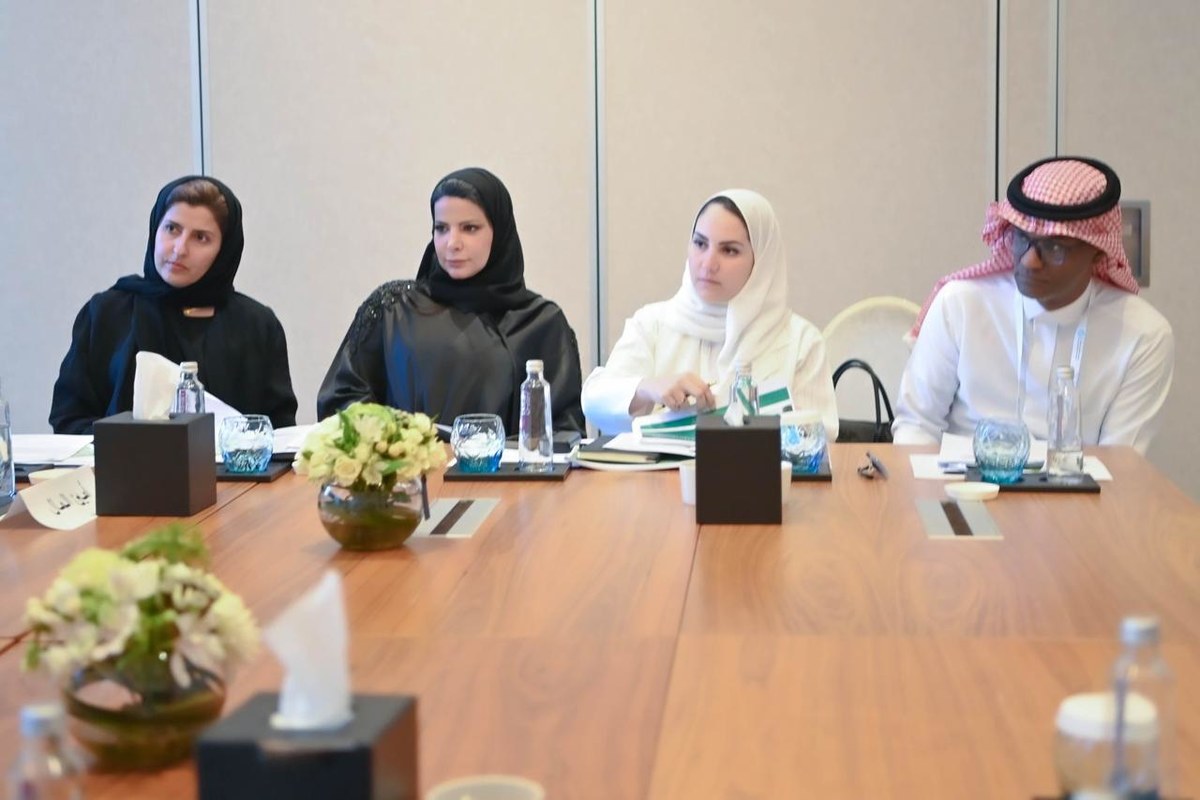RIYADH: The Saudi Journalists Association’s newly elected board approved on Wednesday an executive strategy which will see several new committees established and a number of proposals fast tracked over the next 100 days.
The move came during the board’s second meeting, led by Adhwan Al-Ahmari, the association’s chairman, which took place on the sidelines of the Saudi Media Forum, held at the Riyadh Hilton Hotel.

Newly established dedicated committees will oversee the implementation of the association’s approved plan. These include an Executive Committee, responsible for setting interim targets and addressing urgent issues, and the Review and Performance Committee, tasked with monitoring performance, assessing committee effectiveness, and ensuring target fulfillment.
The Press Freedoms Committee will establish frameworks, implement plans, and collaborate with international media organizations to safeguard press freedoms.
In order to provide the association with a more robust foundation for its operations, the board has also decided to form a Committee for Developing Financial Resources, which will explore methods to generate income and ensure sustainability.
The Members and Relations Committee will manage the members’ affairs, while the Training Committee is tasked with crafting short-term and long-term training programs, as well as fostering partnerships with local and international universities and training centers.
The Events Committee will create executive plans for the association’s events and will develop a standardized criteria for internal and external activities, while the Content Committee is responsible for establishing a comprehensive editorial policy for all postings, as well as overseeing and improving the association’s website.
The board of directors endorsed a 100-day plan for the implementation of all proposals. The plan will be revised during the board’s next meeting.
The meeting of the board also discussed forming a club for journalists, which will be headquartered in Riyadh and operated by the association.
The board examined legal protection for media workers who are members of the association, in line with its regulations.
The board members emphasized the significance of expanding membership to include media students and trainees, providing them with a special membership to learn from professional journalists.
The meeting also discussed securing funding sources and establishing governance for the association’s fund for supporting journalists.













